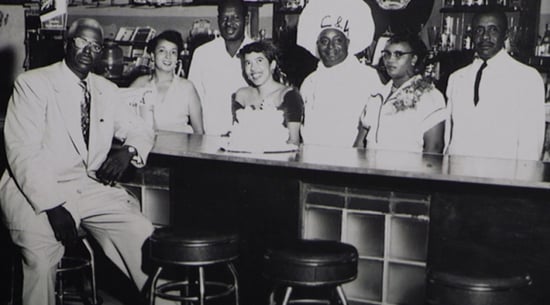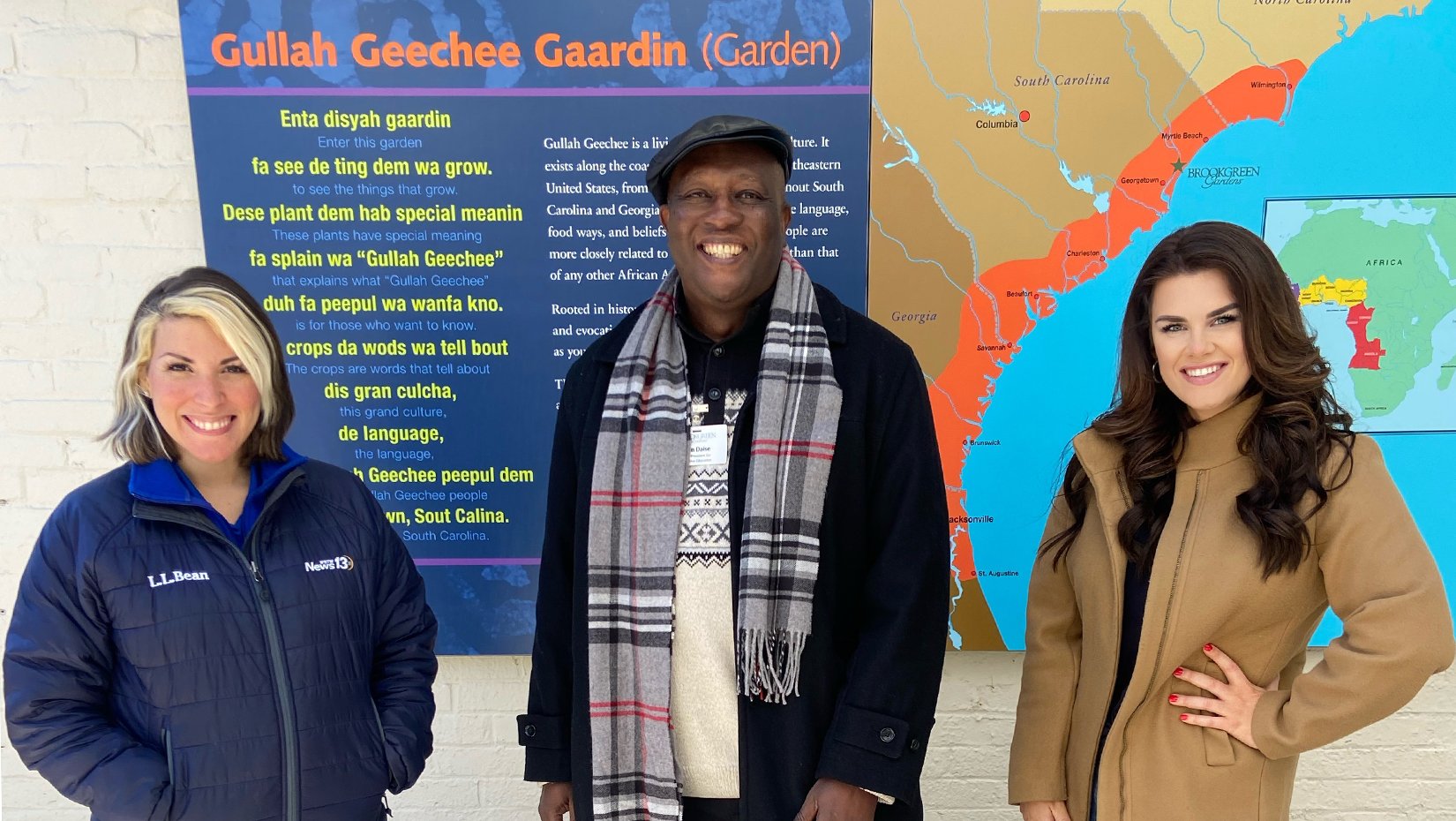The Grand Strand area is rich with African American history, and with February being Black History Month, there's no better time to explore the past and honor those who paved the way.
As I was researching places and events in our area celebrating black history month, I came across the blog post below, written by Visit Myrtle Beach. It is an excellent round-up of places in our community that share the story of how African culture has shaped our area and lifestyle.
The very essence of the things we love about The Beach is due in part to the African American History of this area. The Grand Strand has been greatly influenced by its African American heritage and roots that date back to the 1700s – and is still shaping the region today as a major tourism destination.
From what we eat to how we speak in the present day, so much of that can be traced back to the African History in the region. There are several locations beyond the beach that visitors can experience that tell this story.
We’ll start with the Lowcountry region in our area. The word “Lowcountry” generally means “a dip in the sea level.” This region runs along the coast of South Carolina that starts about 25-minutes south of Myrtle Beach. The Lowcountry’s history is older, as much of the land is marshlands which was used for rice cultivation during the 18th and 19th centuries.
Built in 1842 and 1857 respectively, the Old Market Building and Town Clock, located in Georgetown, SC, were originally home to a law court and jail. The Market Building and Town Clock have become the Rice Museum commemorating the impact of the rice industry along the Waccamaw, Black, Pee Dee, Sampit, and Santee Rivers. These rice fields were primarily cultivated by West Africans who were brought to America for their expertise in rice cultivation. Their labor produced almost one half of the total rice crop in America by 1840. The rice industry in our area significantly influenced South Carolina and American history, as well as internationally. It definitely influenced what we eat!
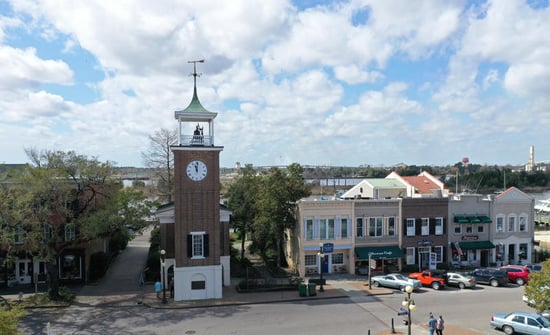
One of the most picturesque locations we suggest visiting is the beautiful Brookgreen Gardens. The gardens were created in the early 1930s by sculptor Anna Hyatt Huntington and her husband Archer, the heir to a railroad fortune. The over 9,000 acres are situated on the site of four former rice plantations, and they’re also considered to have the largest collection of American figurative sculpture in the nation.
The site is also home to the Lowcountry History Center and Lowcountry Trail which tell the history of what life was like on a rice plantation. Brookgreen offers several Gullah Geechee programs throughout the year, often led by Ron Daise, Vice President for Creative Education, and a Gullah descendent. The Gullah Geechee culture that originated from West African slaves who worked on the area’s rice plantations starting in the 1700s is infused in the culture of The Beach.
Also, nearby Brookgreen, we suggest a tour of Sandy Island, where many of the current 120 residents are Gullah Geechee descendants. Brookgreen Gardens' Sandy Island School played a vital role in the civil rights movement in the 1950s and 1960s. At the Sandy Island School, African Americans of all ages could access education safely. This school also helped educate adults to a level of which they could vote - an integral component in changing the course of history. The Sandy Island School has been named a "citizenship school" by the African American Civil Rights Network of the National Park Service in September 2021.
Today, Sandy Island's 9,000+ acres are considered the largest undeveloped freshwater island on the East Coast, and it’s a hot bed for viewing wildlife. Black River Outdoors Center’s four or six hour kayak tours are great opportunities to see the island’s lesser-visited spots – and there is a local who offers tours on the island during certain times of the year.
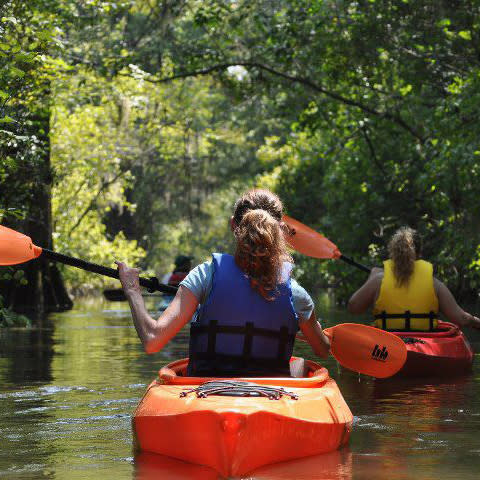
Just south from Brookgreen is Hobcaw Barony. Hobcaw Barony, which was created in the early 1900s by nationally prominent philanthropist, Bernard M. Baruch, is a 16,000-acre property dedicated to research and education. It includes numerous buildings and sites that reflect the lives of African Americans from the early 19th century through the first half of the 20th century. Among these are graveyards, extant villages, archaeological sites, rice fields, and roads. The most intact village is Friend Field which includes a “street” with five remaining structures.
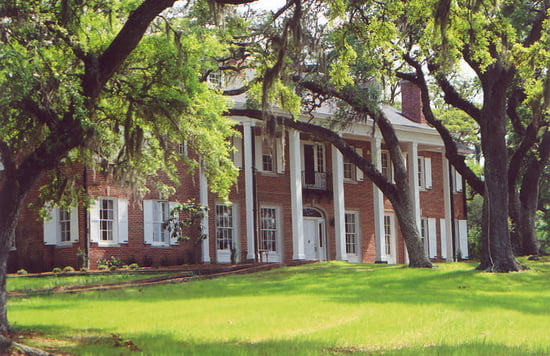
Hopsewee Plantation, located in Georgetown, SC, was built in 1740 and became one of the major rice plantations in the South. Hopsewee is also the birthplace of Thomas Lynch, Jr., one of the signers of the Declaration of Independence. This plantation home is now a private residence offering tours several days of the week of the house and original slave cabins. Visitors can also participate in Sweetgrass Basket Making Workshops, a Lowcountry tradition brought to the U.S. by African slaves of weaving baskets from long strands of bundled grass found along the rivers in the Lowcountry. These workshops are led by Gullah descendants preserving the treasured history of these sweetgrass baskets, and the significance they played on the rice plantations. (Hopsewee is temporarily closed due to Covid.)
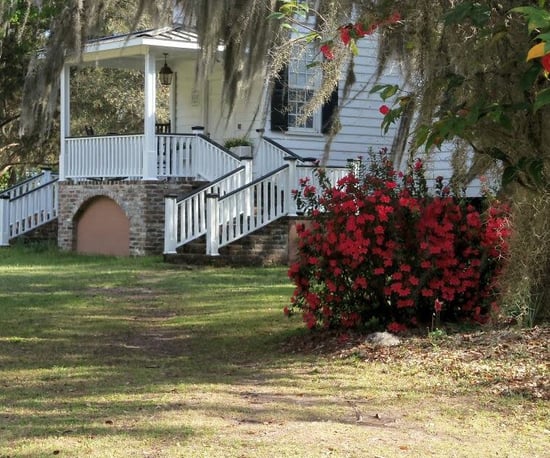
Heading back to the post-Civil War reconstruction period is Freewoods Farm, located a little inland in Myrtle Beach. Here you'll learn about 19th-century life from the perspective of African American farmers. At this 40-acre, still evolving "living museum” and the only African American historical living farm museum in the U.S., you can volunteer to help harvest the corn, peanut, sweet potato, and sugarcane crops, and participate in making syrup.
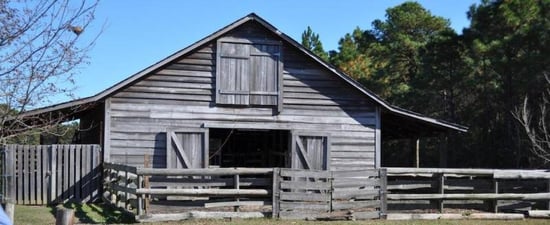
Atlantic Beach is the only black-owned beach and the smallest beach in the Grand Strand. Many residents of Atlantic Beach are descendants of the Gullah Geechee people in the area, working to preserve their historic vacation getaway. Located between Myrtle Beach and North Myrtle Beach, Atlantic Beach is the perfect spot for a relaxing walk or day in the sand, with uninterrupted views of the ocean.
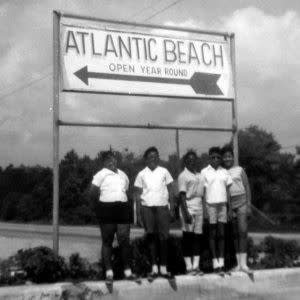
Two sites in central Myrtle Beach tucked only two blocks away from Ocean Boulevard, bring us to the mid-early and 20th Century. The Historic Myrtle Beach Colored School & Education Center and Charlie’s Place are located within a half mile of each other.
The Historic Myrtle Beach Colored School & Education Center serves as a museum and school for the community. Originally built in 1932, the Myrtle Beach Colored School fell into disrepair until 2005 when the City Council assisted in recreating the old school as a window into the past, telling the story of African American education prior to desegregation. This school played a vital role in the African American community’s period of growth and transition in the 1950s.
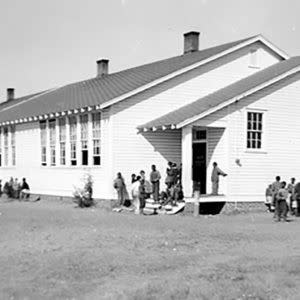
Newly restored by the City of Myrtle Beach who recognized the importance of this historic site, Charlie’s Place was a night club owned by Charlie Fitzgerald and his wife, Sarah. Famous musicians such as Dizzy Gillespie, Little Richard, and Billie Holiday performed their music at Charlie’s place, and stayed in the adjacent Fitzgerald Hotel, also owned by Charlie and Sarah. The Fitzgerald’s home has been refurbished to become an event and community center, and several of the motel rooms have been reconstructed to show visitors the history of travel during segregation.
